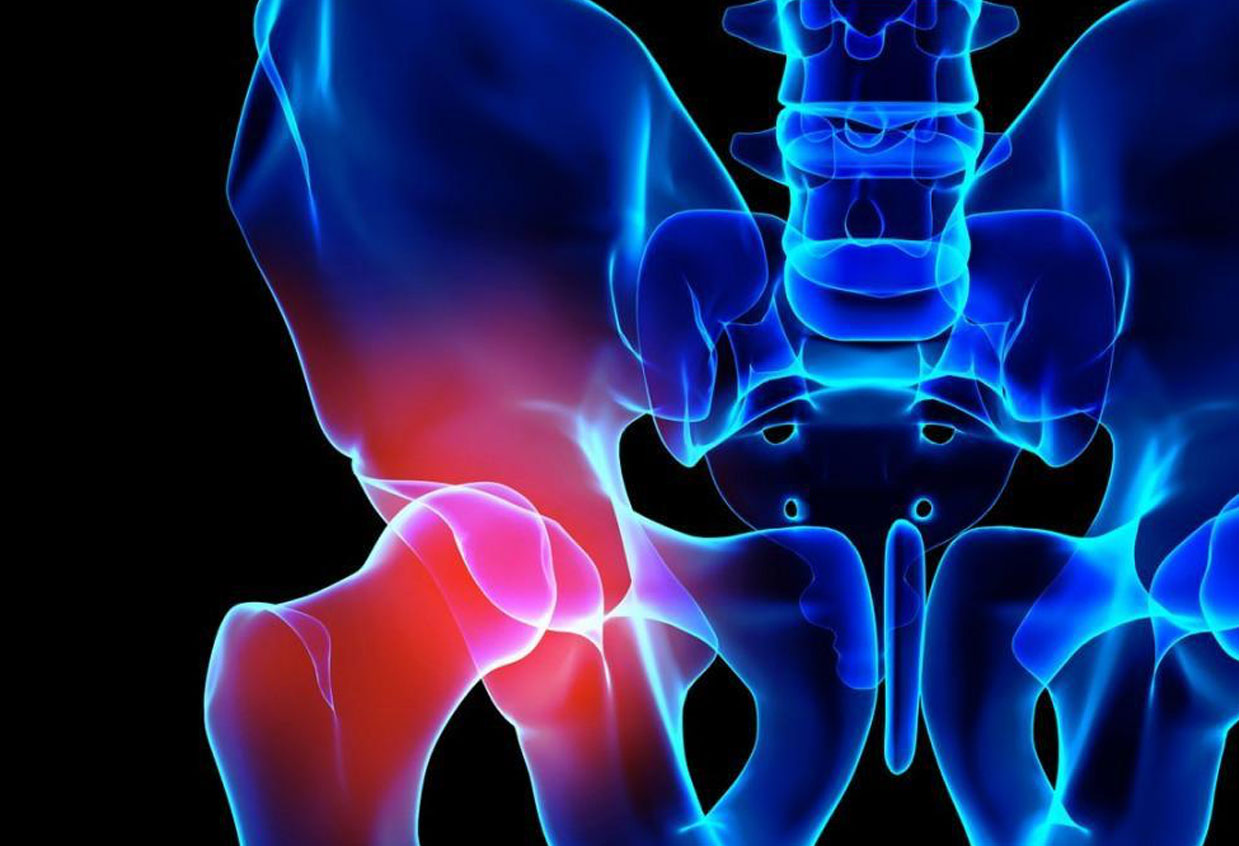Hip Pain
Hip pain can be a debilitating condition, affecting everything from walking and exercising to simple daily activities like sitting and standing. Many people turn to chiropractic care as a natural, non-invasive solution to address hip pain and its underlying causes.

Why People Choose Chiropractic Care for Hip Pain:
Many people prefer chiropractic care over other treatments for hip pain due to its holistic, drug-free, and non-invasive nature. Here are some common reasons why:
- Avoiding Surgery and Medications – Chiropractic care offers a natural alternative to painkillers and invasive procedures. Many individuals seek chiropractic treatment to manage their hip pain without relying on medication or facing the risks of surgery.
- Treating the Root Cause, Not Just the Symptoms – Rather than just masking pain with medication, chiropractors aim to identify and treat the underlying cause of hip discomfort, leading to longer-lasting relief.
- Personalized, Whole-Body Approach – Chiropractic care is tailored to each patient’s needs, considering factors like posture, muscle imbalances, and overall lifestyle. This comprehensive approach helps prevent future issues.
- Improved Mobility and Quality of Life – By restoring proper alignment and function, chiropractic care can enhance mobility, reduce stiffness, and improve overall well-being, allowing people to stay active and pain-free.
- Complementary to Other Treatments – Chiropractic care can be integrated with physical therapy, massage therapy, and other wellness approaches for a well-rounded treatment plan.
Common Causes of Hip Pain:
Hip pain can arise from various conditions, injuries, and lifestyle factors.
Here are some of the most common:
- Osteoarthritis – One of the leading causes of hip pain, osteoarthritis occurs when the cartilage that cushions the hip joint wears down over time. This leads to stiffness, swelling, and discomfort, often worsening with age.
- Hip Bursitis – Bursitis is the inflammation of the bursae—small fluid-filled sacs that cushion the bones, muscles, and tendons near the hip joint. This condition is often caused by repetitive motion, prolonged pressure, or injury.
- Sciatica and Nerve Irritation – The sciatic nerve runs from the lower back through the hips and down each leg. When compressed or irritated due to spinal misalignment or disc issues, it can cause radiating hip pain.
- Muscle Strains and Imbalances – Weak or tight muscles around the hip joint can lead to strain and discomfort. Poor posture, overuse, or sudden movements can contribute to muscle imbalances that put stress on the hip.
- Hip Labral Tear – The labrum is a ring of cartilage that helps stabilize the hip joint. Tears can occur from trauma, repetitive motions (such as running or twisting), or structural abnormalities, leading to pain and limited mobility.
- Leg Length Discrepancy – Even a slight difference in leg length can cause misalignment in the hips and pelvis, leading to pain and discomfort over time.
- Sacroiliac (SI) Joint Dysfunction – The SI joint connects the sacrum (lower spine) to the pelvis. When this joint is misaligned or inflamed, it can cause pain that radiates into the hip and lower back.
How Chiropractic Care Helps Hip Pain:
Chiropractic care is a natural, non-invasive treatment that focuses on restoring proper alignment and function to the musculoskeletal system.
Here’s how it can help hip pain:
- Spinal Adjustments – Chiropractors use hands-on techniques to adjust the spine and realign the vertebrae. This can help alleviate pressure on nerves, improve mobility, and reduce pain.
- Spinal and Hip Adjustments – Chiropractors use gentle adjustments to realign the spine, pelvis, and hips, reducing joint restrictions and improving mobility. Proper alignment can alleviate pressure on the nerves and muscles surrounding the hip joint.
- Soft Tissue Therapy – Techniques such as massage, trigger point therapy, and myofascial release can help relieve muscle tension, reduce inflammation, and improve circulation to the hip area.
- Postural Corrections and Movement Education – Poor posture and movement patterns can contribute to hip pain. Chiropractors assess gait, posture, and biomechanics, providing corrective exercises and ergonomic advice to reduce strain on the hips.
- Stretching and Strengthening Exercises – Targeted exercises help strengthen the muscles that support the hip joint, improving stability and reducing pain. Stretching can also increase flexibility and reduce stiffness.
- Nerve Decompression – If hip pain is caused by nerve irritation (such as sciatica), chiropractic adjustments can help relieve pressure on the affected nerves, reducing pain and improving function.
- Lifestyle and Nutritional Guidance – Chiropractors often provide holistic health advice, including anti-inflammatory diet recommendations, weight management strategies, and lifestyle modifications to support long-term hip health.
If you’re dealing with hip pain, chiropractic care may provide a safe, effective, and natural solution. By addressing misalignments, muscle imbalances, and nerve irritation, chiropractors help restore mobility, reduce pain, and improve overall function. Whether your hip pain stems from arthritis, bursitis, sciatica, or an injury, a chiropractic approach can offer relief without surgery or medication.
If you’re considering chiropractic care for hip pain, consult with a qualified chiropractor to discuss your specific condition and create a personalized treatment plan. Your journey to pain relief and better mobility could be just an adjustment away!
